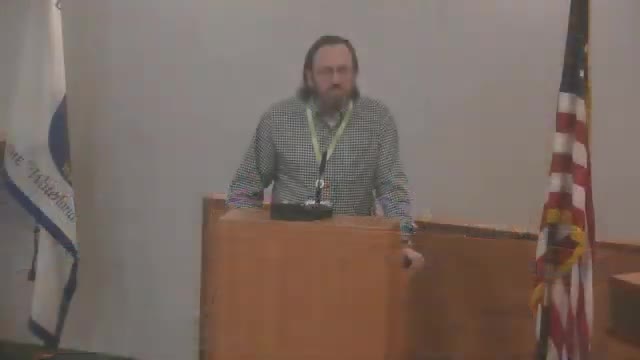Community demands action on airport noise pollution
August 02, 2024 | Des Moines City, King County, Washington

This article was created by AI summarizing key points discussed. AI makes mistakes, so for full details and context, please refer to the video of the full meeting. Please report any errors so we can fix them. Report an error »

In a recent government meeting, discussions centered around noise management and community outreach related to airport operations. A key suggestion emerged regarding the enhancement of noise contour mapping, with a proposal for a detailed dashboard that would allow residents to view noise levels down to specific addresses. This initiative aims to provide clarity on how noise pollution varies within neighborhoods, potentially alleviating concerns among residents who feel impacted by airport noise.
Participants noted that while the number of homes eligible for sound insulation programs has decreased significantly—from 125 to approximately 40—outreach efforts remain crucial. Many residents, particularly those who may not speak English fluently, are unaware of available resources. The importance of continued engagement with the community was emphasized, as many residents have become desensitized to noise issues over time.
Council members raised concerns about the accuracy of noise modeling, particularly during peak operational hours. They highlighted the need for the study to capture sustained noise levels during busy periods, such as late afternoons and evenings. The consultants assured that flight track data, which includes timestamps, would reflect these busy times, ensuring that the noise modeling accurately represents the community's experience.
Additionally, discussions touched on the enforcement of protected quiet hours. Current efforts focus on a late-night noise limitation program aimed at reducing operations between midnight and 5 AM. However, council members expressed the need for stronger measures to ensure compliance and to encourage airlines to adopt quieter aircraft during peak hours.
Overall, the meeting underscored the ongoing challenges of managing airport noise and the necessity of effective communication with affected communities.
Participants noted that while the number of homes eligible for sound insulation programs has decreased significantly—from 125 to approximately 40—outreach efforts remain crucial. Many residents, particularly those who may not speak English fluently, are unaware of available resources. The importance of continued engagement with the community was emphasized, as many residents have become desensitized to noise issues over time.
Council members raised concerns about the accuracy of noise modeling, particularly during peak operational hours. They highlighted the need for the study to capture sustained noise levels during busy periods, such as late afternoons and evenings. The consultants assured that flight track data, which includes timestamps, would reflect these busy times, ensuring that the noise modeling accurately represents the community's experience.
Additionally, discussions touched on the enforcement of protected quiet hours. Current efforts focus on a late-night noise limitation program aimed at reducing operations between midnight and 5 AM. However, council members expressed the need for stronger measures to ensure compliance and to encourage airlines to adopt quieter aircraft during peak hours.
Overall, the meeting underscored the ongoing challenges of managing airport noise and the necessity of effective communication with affected communities.
View full meeting
This article is based on a recent meeting—watch the full video and explore the complete transcript for deeper insights into the discussion.
View full meeting
